Ubiquitination/ Proteasome
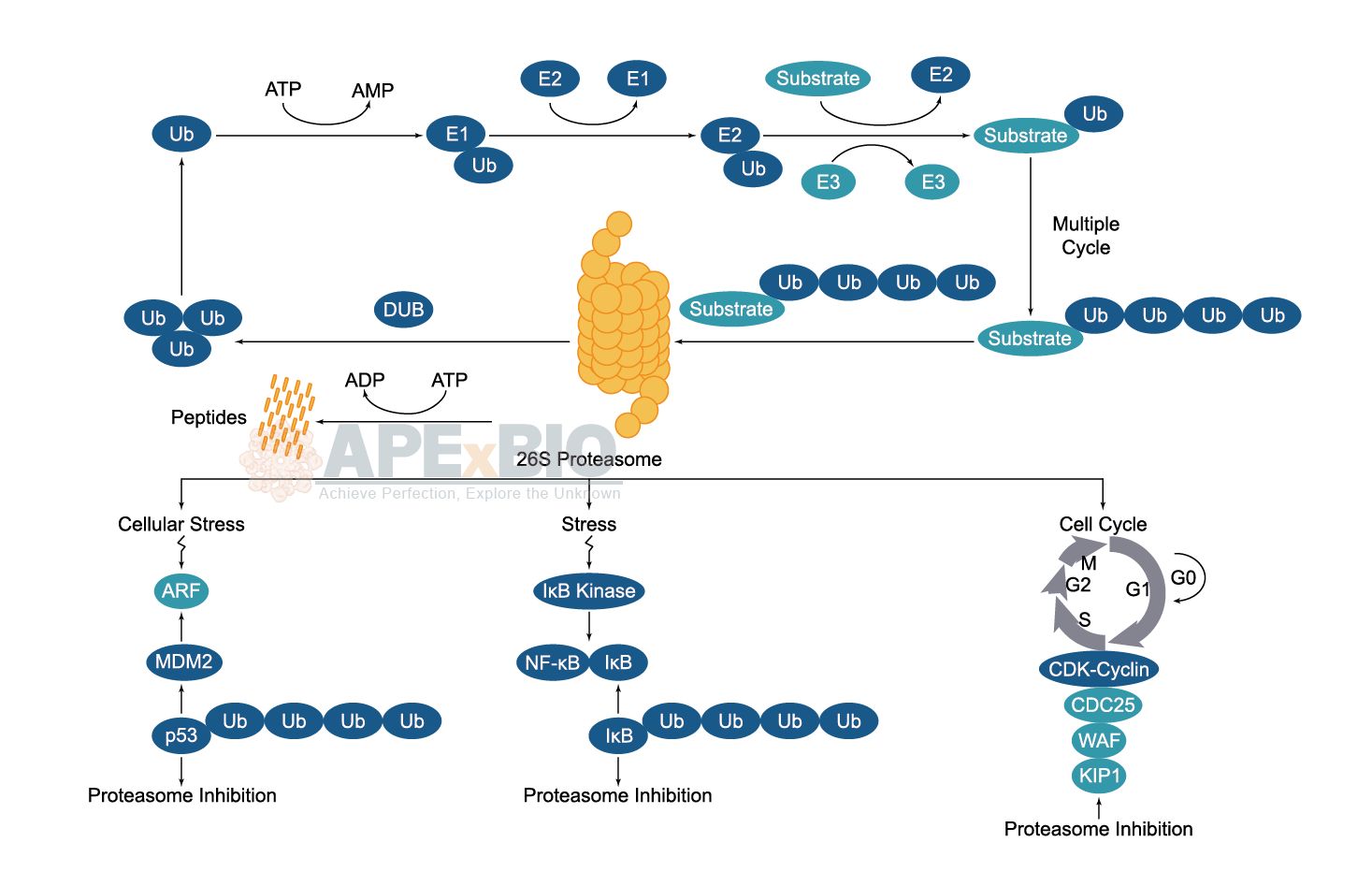
Once the substrate protein is labeled, proteasome will bind to a polyubiquitin chain, allowing the degradation of the labeled protein. The polyubiquitinated target protein is then recognized and degraded by the 26S proteasome. Deubiquitinating enzymes (DUBs) reverse the process of ubiquitination by removing ubiquitin from its substrate protein. Dysregulation of the ubiquitin-proteasome system has been linked to cancer, diabetes, cardiovascular and neurodegenerative diseases etc.
-
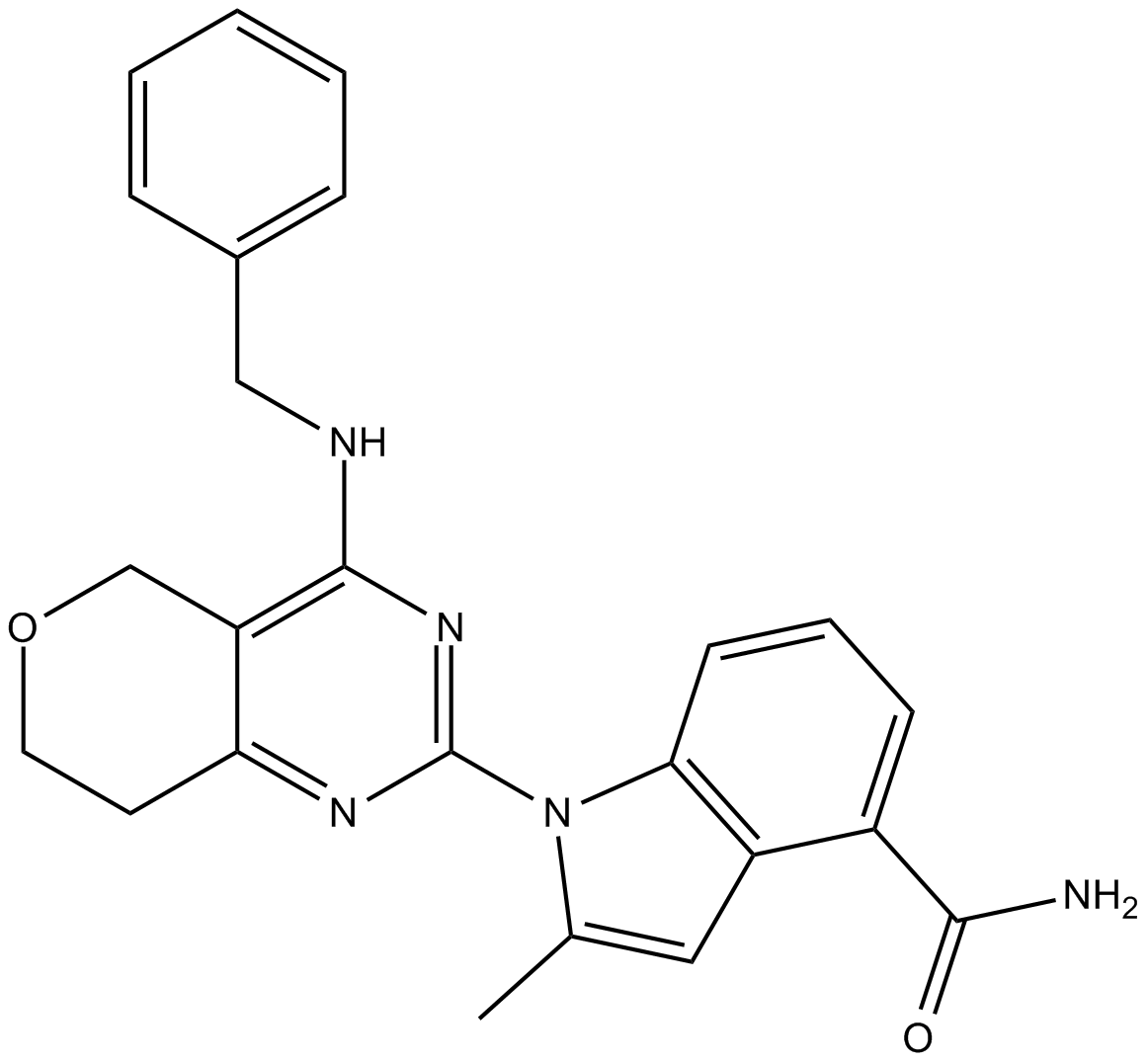 B6032 CB-5083Target: p97Summary: p97 inhibitor
B6032 CB-5083Target: p97Summary: p97 inhibitor -
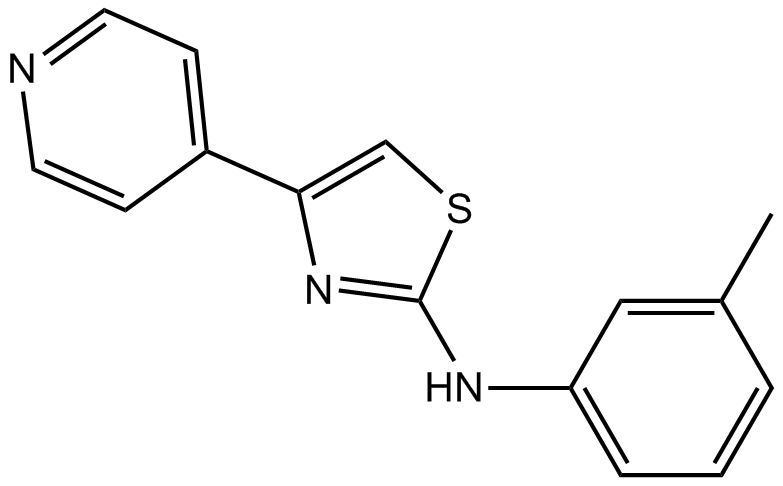 B2151 STF-62247Target: AutophagySummary: Autophagy inducer in renal cell
B2151 STF-62247Target: AutophagySummary: Autophagy inducer in renal cell -
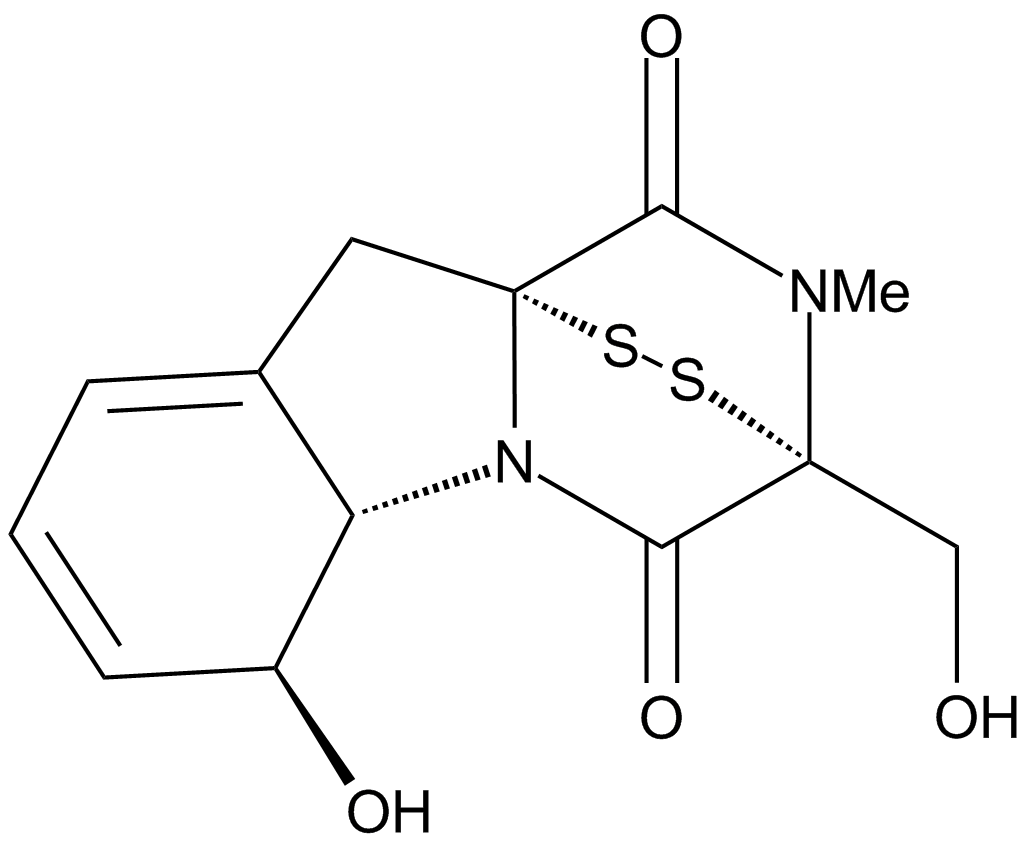 A4443 Gliotoxin1 CitationTarget: 20S proteasomal chymotrypsin|Geranylgeranyltransferase I|FarnesyltransferaseSummary: 20S proteasome inhibitor
A4443 Gliotoxin1 CitationTarget: 20S proteasomal chymotrypsin|Geranylgeranyltransferase I|FarnesyltransferaseSummary: 20S proteasome inhibitor -
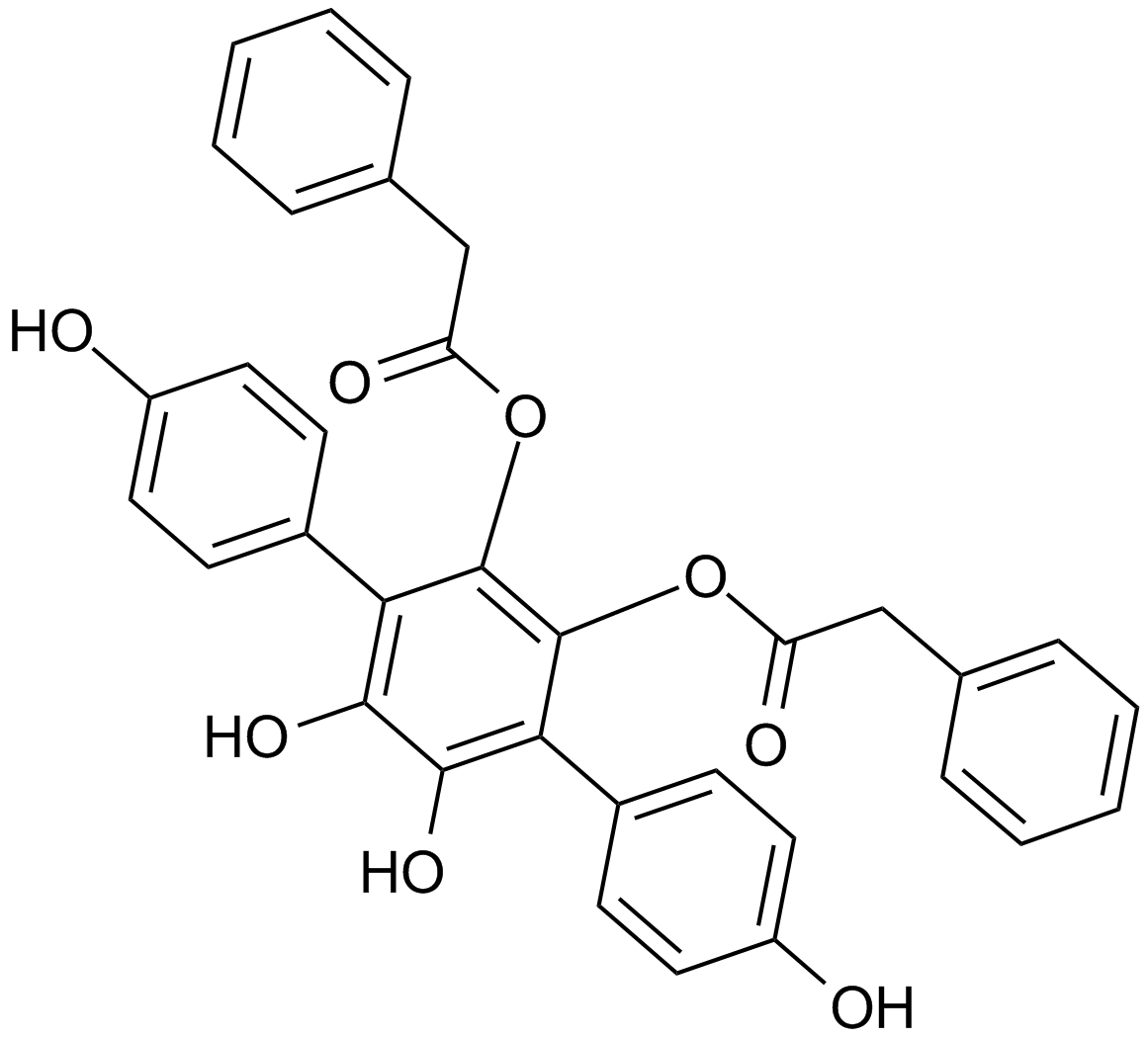 A4429 Vialinin ATarget: Deubiquitinating enzymes (DUBs)|IL Receptors|CCL2Summary: USP/isopeptidase T (IsoT)/UCH-L1 DUB inhibitor
A4429 Vialinin ATarget: Deubiquitinating enzymes (DUBs)|IL Receptors|CCL2Summary: USP/isopeptidase T (IsoT)/UCH-L1 DUB inhibitor -
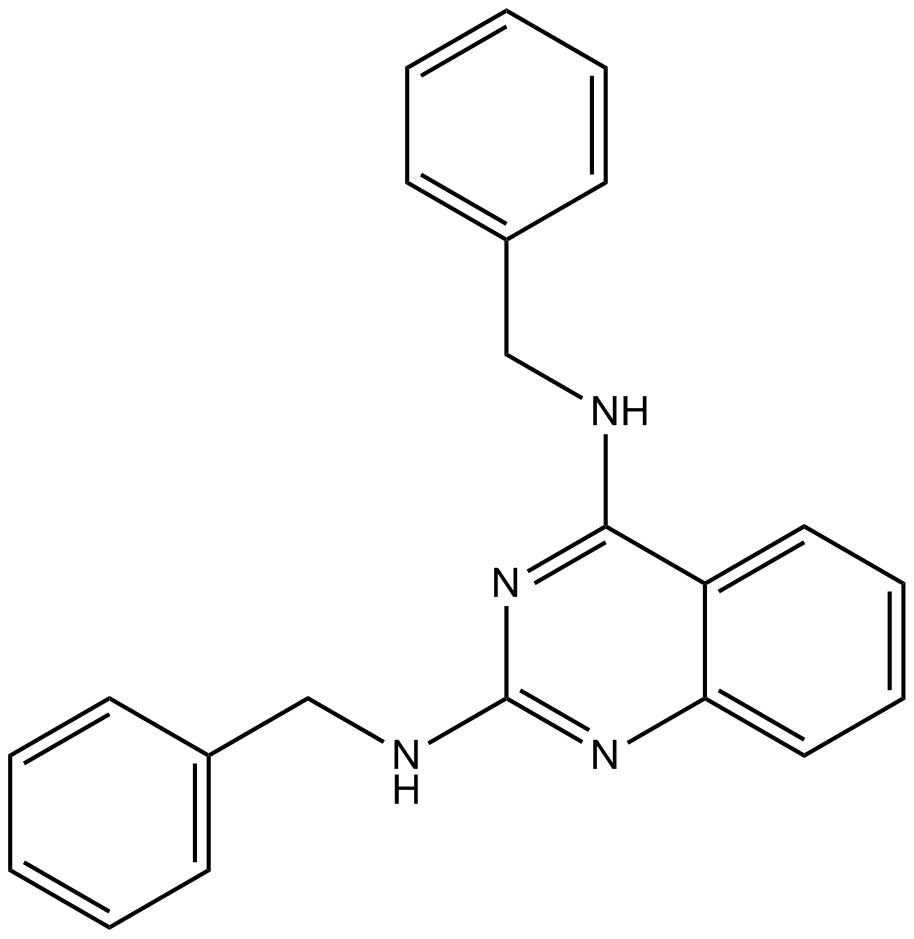 A8629 DBeQTarget: P97 ATPaseSummary: P97 ATPase inhibitor
A8629 DBeQTarget: P97 ATPaseSummary: P97 ATPase inhibitor -
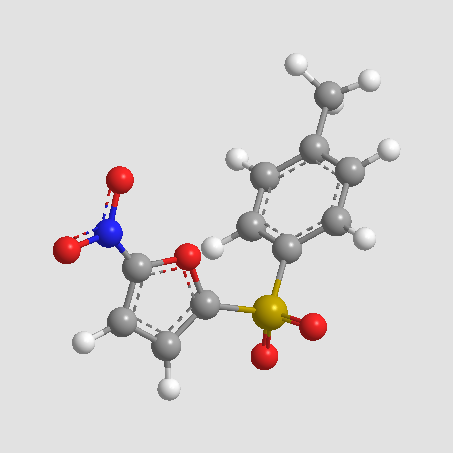 A8813 NSC697923Target: Ub-conjugating enzyme (E2) complexSummary: Inhibitor of E2 complex Ubc13-Uev1A,cell permeable and selective
A8813 NSC697923Target: Ub-conjugating enzyme (E2) complexSummary: Inhibitor of E2 complex Ubc13-Uev1A,cell permeable and selective -
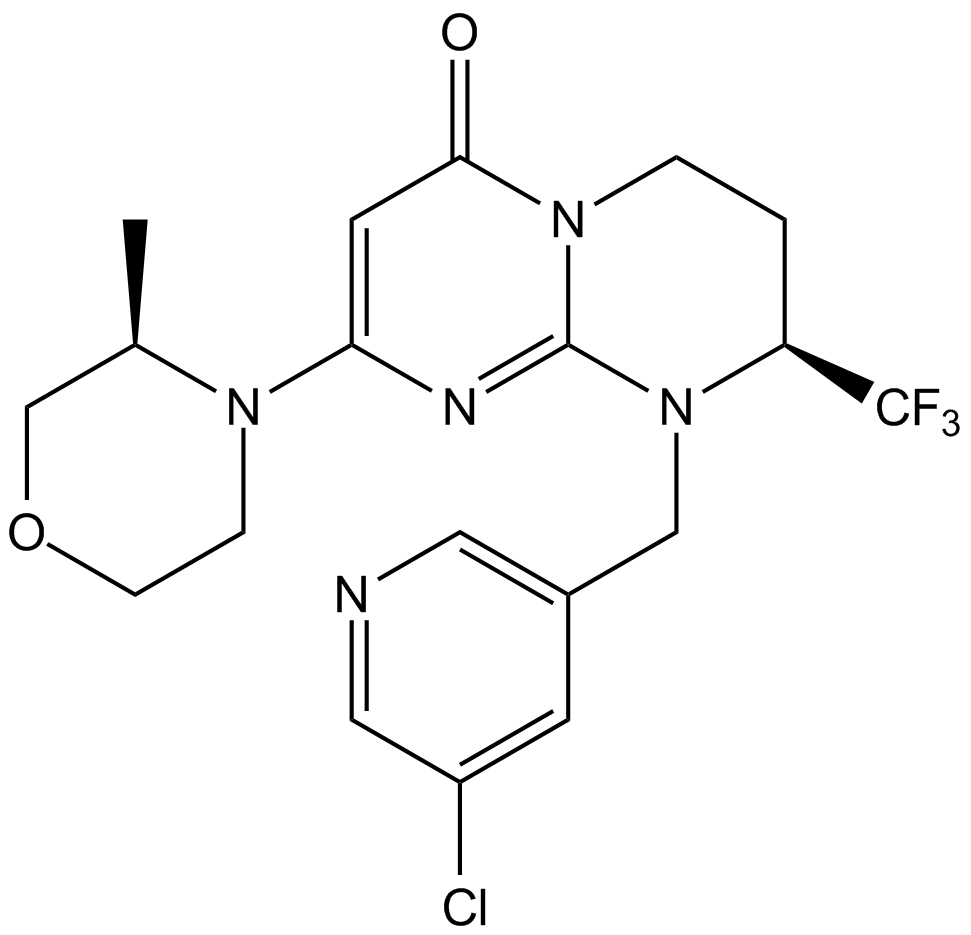 A8883 SAR40522 CitationSummary: Selective ATP-competitive inhibitor of Vps34
A8883 SAR40522 CitationSummary: Selective ATP-competitive inhibitor of Vps34 -
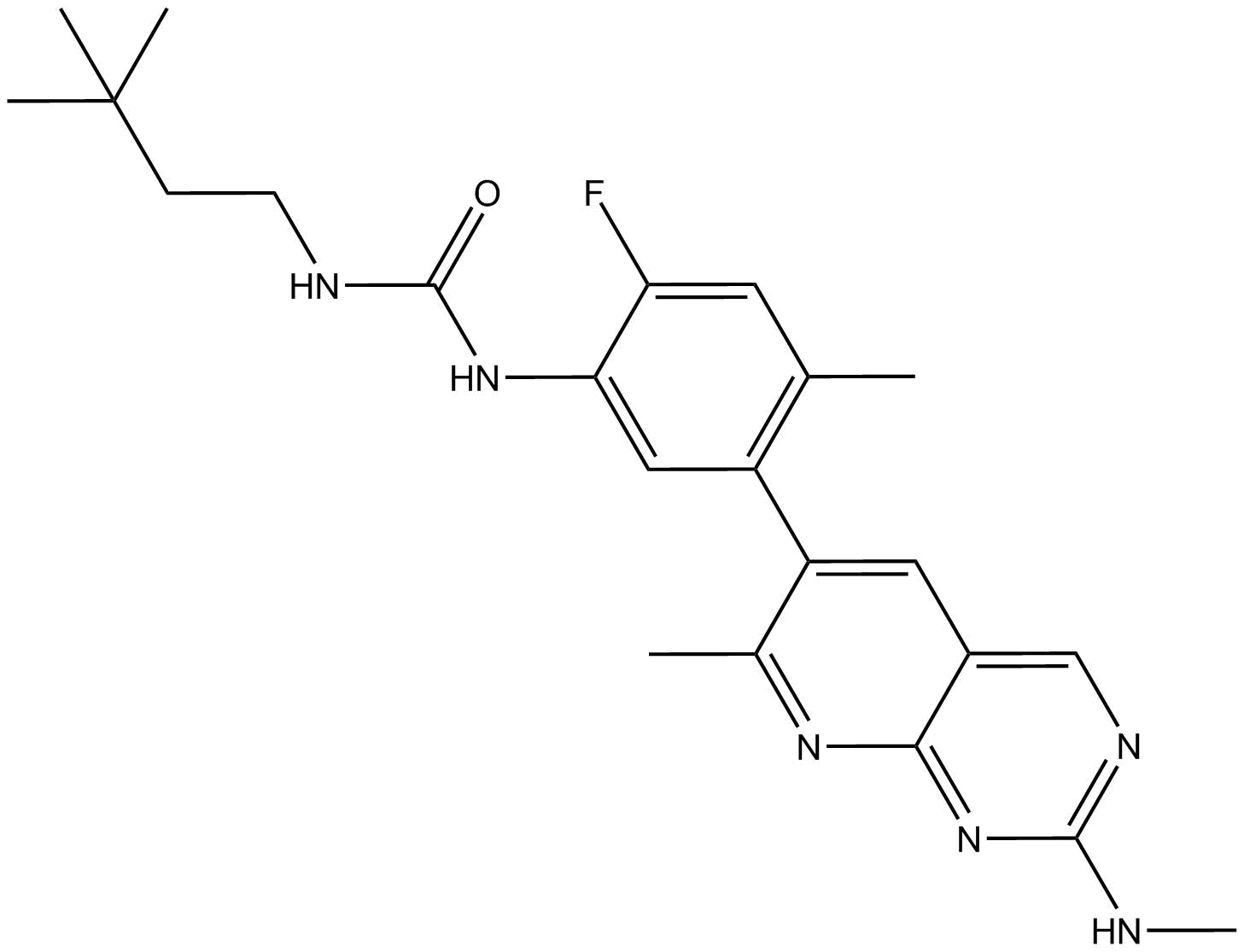 A8716 LY3009120Target: RafSummary: pan-RAF and RAF dimer inhibitor
A8716 LY3009120Target: RafSummary: pan-RAF and RAF dimer inhibitor -
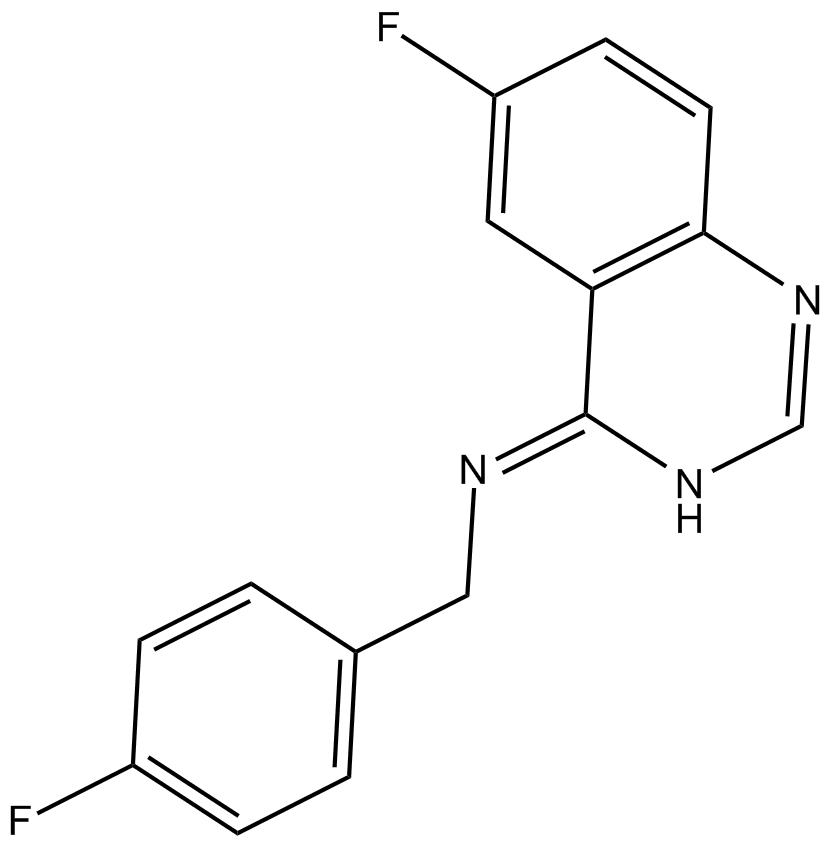 B5873 Spautin-11 CitationTarget: Deubiquitinating enzymes (DUBs)|AutophagySummary: Novel autophagy inhibitor
B5873 Spautin-11 CitationTarget: Deubiquitinating enzymes (DUBs)|AutophagySummary: Novel autophagy inhibitor -
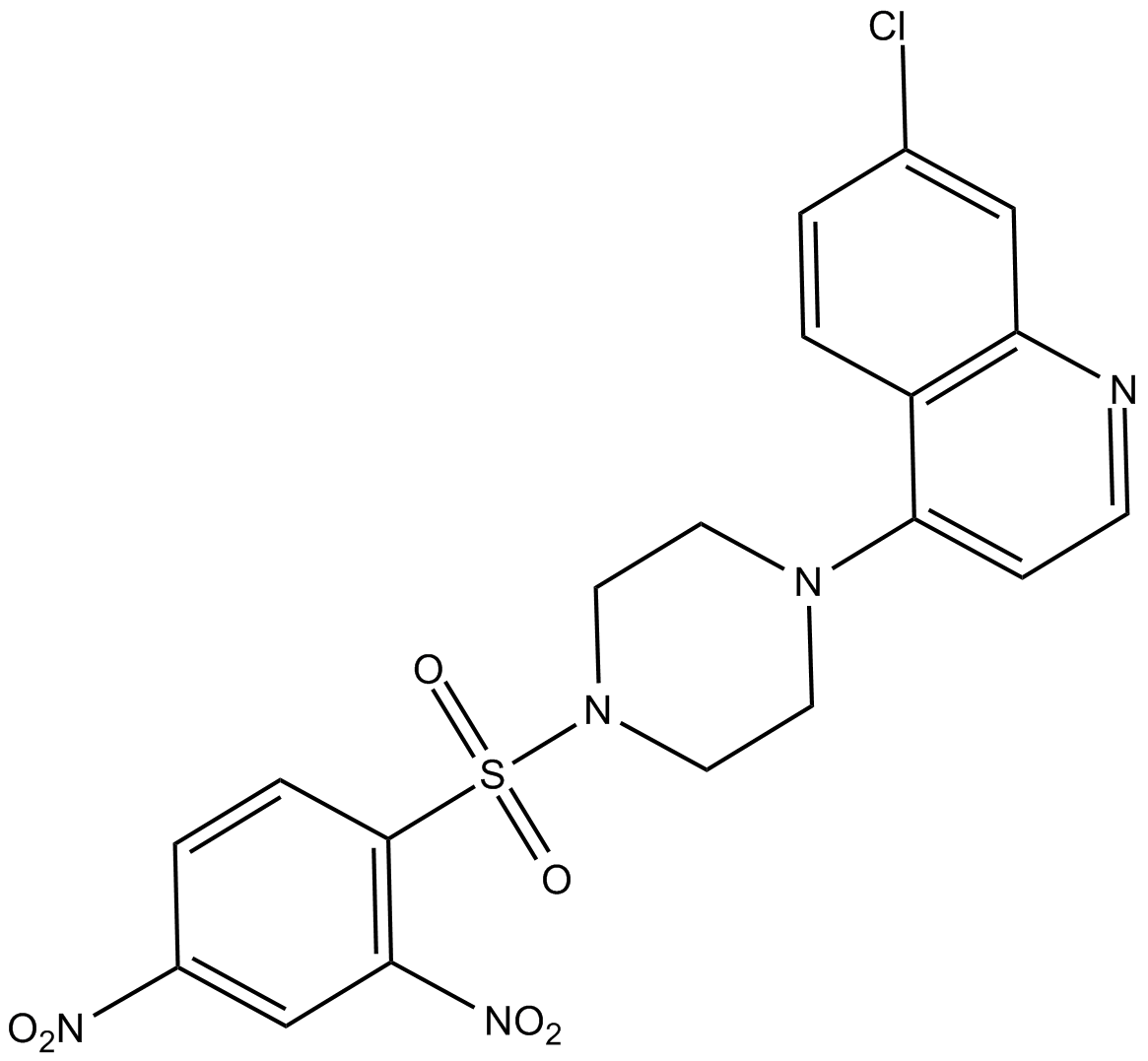 B6026 VR23Target: ProteasomeSummary: proteasome inhibitor
B6026 VR23Target: ProteasomeSummary: proteasome inhibitor

